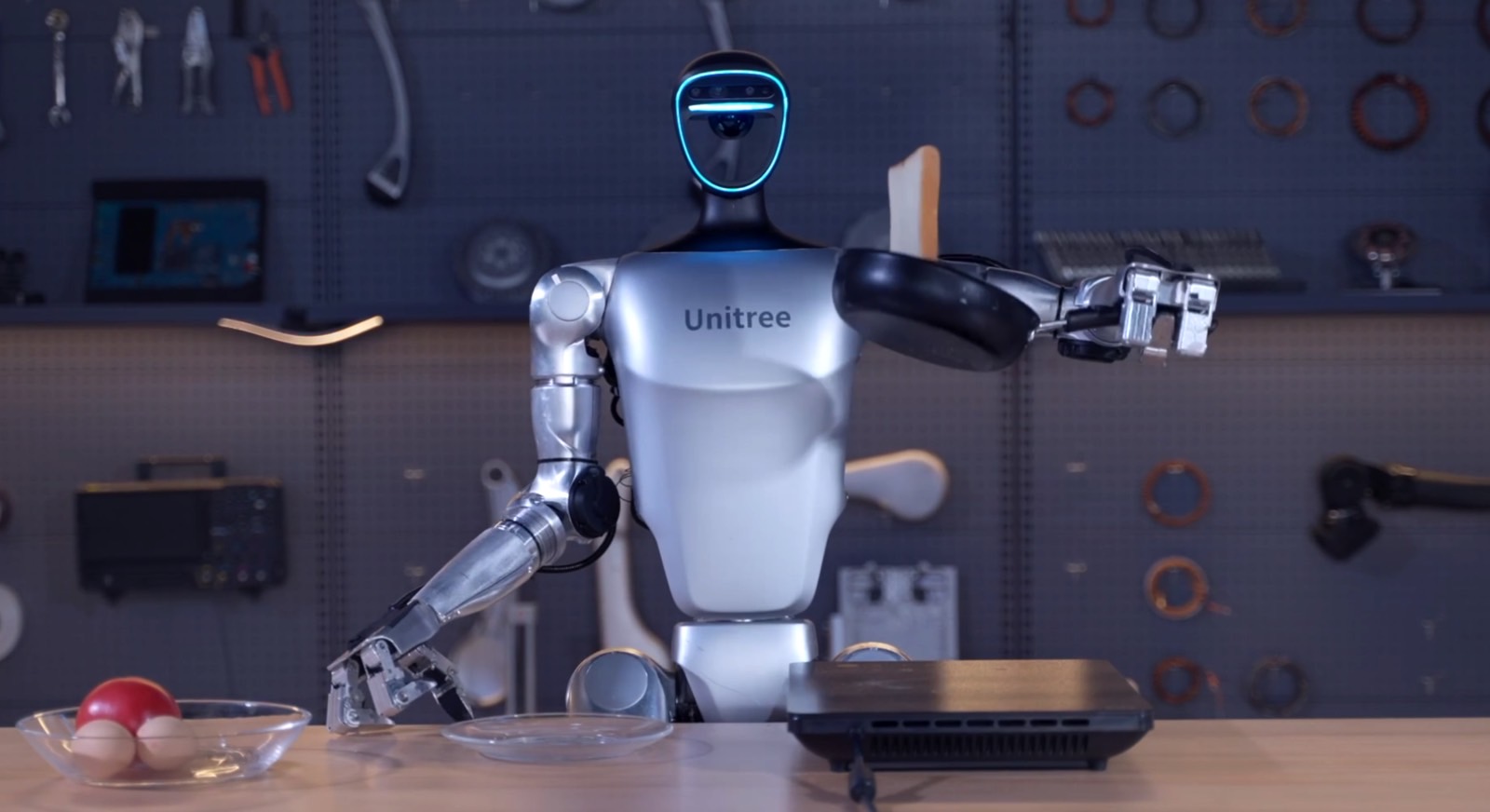Researchers at MIT have given robots every little thing they should take over the world. A brand new algorithm referred to as “Estimate, Extrapolate, and Situate (EES)” will quickly permit robots to coach themselves with out human help. This robotic self-training algorithm may sound useful, however I’m certain it’s going to create fairly a stir on this planet of robotic doomsayers.
The EES algorithm not solely lets the robots prepare themselves, however it’ll additionally permit them to determine weaknesses of their expertise. They’ll then take these weaknesses and use them to find out the place they should enhance their expertise. The robots do that through the use of imaginative and prescient techniques to evaluate their environment and the duty they’ve been given—like cleansing up a room or sweeping.

The robotic can then use the EES to find out if further apply is required to boost the robotic’s efficiency. Whether it is, then the robotic self-training algorithm will create coaching materials for the robotic and put it to make use of. The researchers examined the algorithm on one in every of Boston Dynamic’s Spot robotic canine, which have already got a really robust historical past with menial duties. This time, although, Spot did the job even smarter.
After all, there may be lots of concern over robots and the present state of AI. Plenty of people are involved AI will overthrow humanity—and even the Godfather of AI is satisfied that would occur in some unspecified time in the future. However, it’s additionally clear that the parents at MIT in all probability designed this algorithm to enhance robots’ work with menial duties—not with conducting warfare or different harmful issues.
That definitely isn’t more likely to cease others from utilizing it—or different techniques prefer it—for these specific issues, although. All we will do is hope that China doesn’t get ahold of this robotic self-training algorithm for its rifle-toting robotic canine. The EES algorithm is highlighted in a new paper obtainable on the preprint server arXiv.



